Here is how to listen to old phone calls:
You can’t listen to old phone calls automatically because old phone calls aren’t automatically recorded.
You can only listen to old phone calls if you record them while they’re happening and save the recording.
So if you want to learn all about finding recorded phone calls on Android and iPhone, then this article is for you.
Let’s dig right in!
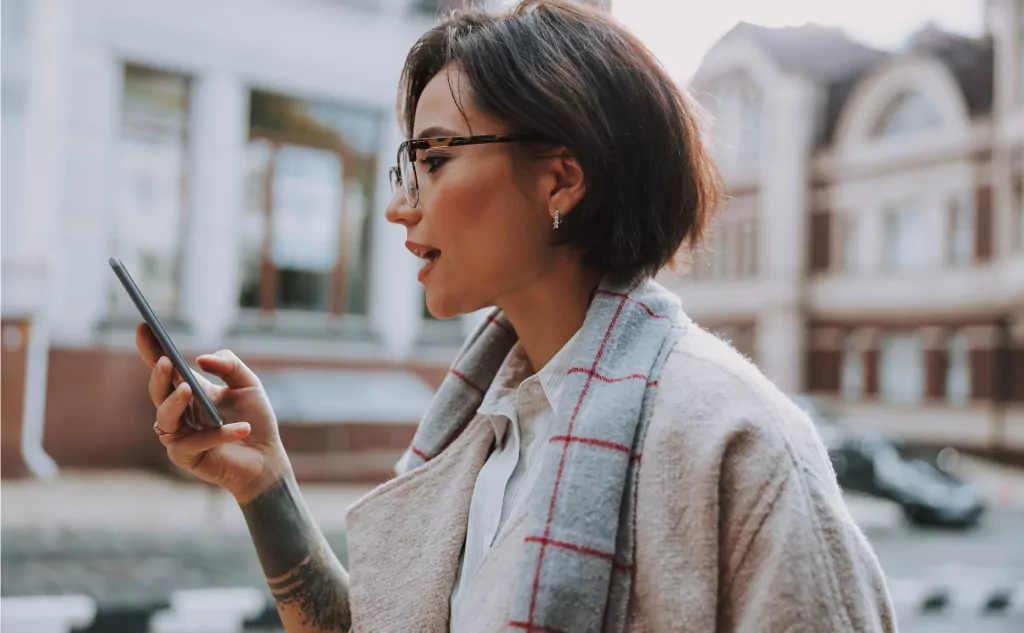
How to Listen to Old Phone Calls?
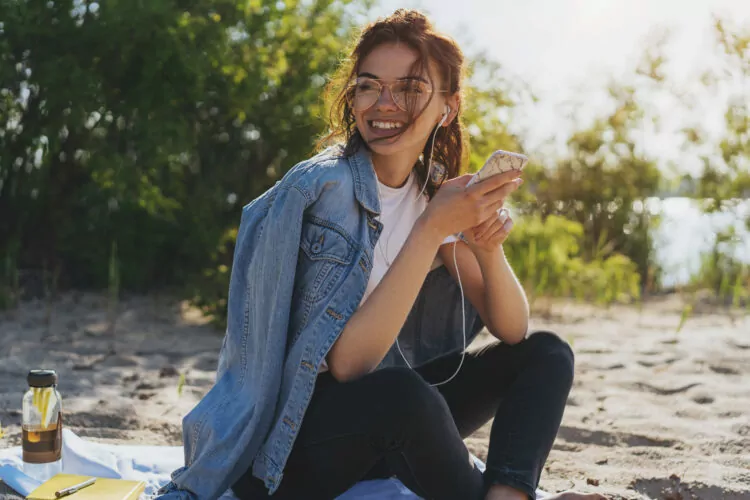
Have you ever thought back to a previous conversation and realized you can’t remember something important from it?
Wouldn’t it be great if you could just pull up a recording and listen again?
Well, when you talk on a phone, there’s every possibility to record the conversation and store them for later.
You can then go back and re-listen as many times as you want.
If you want to know how to listen to old phone calls, you’re in the right place.
How to Find Phone Call Recordings on Android and iPhone?
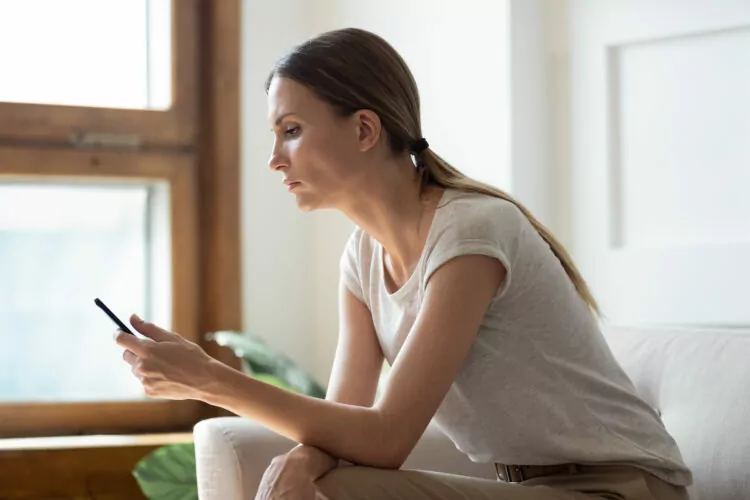
The most important thing to know about listening to old phone calls is that it is not an automatic process.
The call has to be recorded and stored in order for you to listen to it later.
None of the mainstream phone operating systems will do this for you without being told.
This is a design feature that aims to improve privacy protection for phone users.
Additionally, a phone that automatically recorded and saved every conversation would use a tremendous amount of storage space.
With all of that in mind, the only way to listen to an old phone call is to deliberately record it while it happens and save the recording.
If you have done that, then you can listen to your recordings when you know where to find them.
Finding Phone Call Recordings on Android
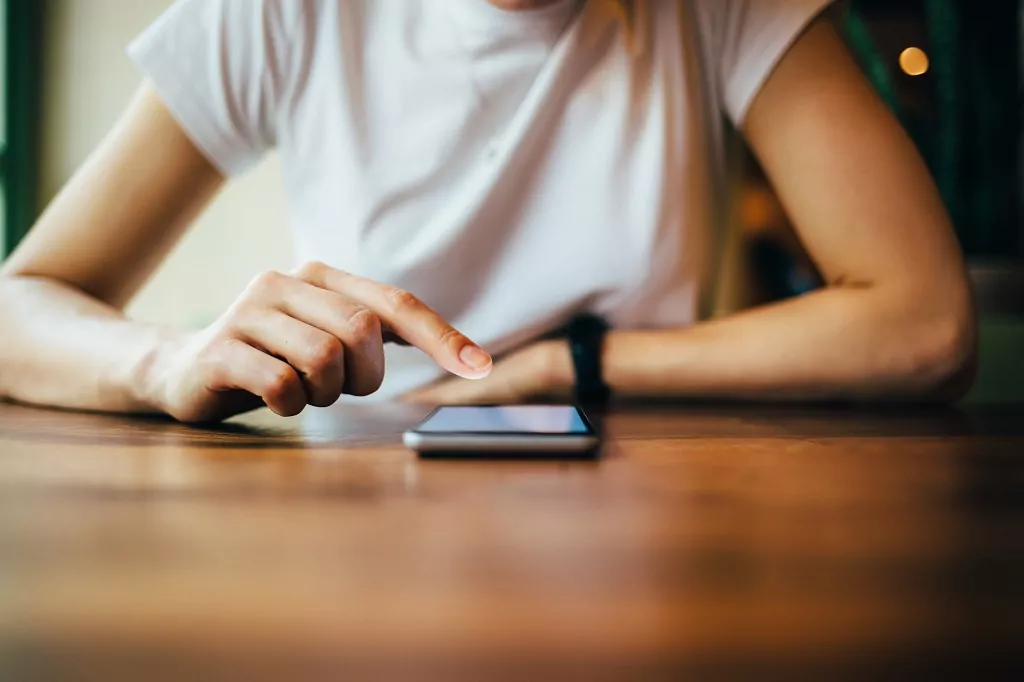
If you use an Android phone, then you can record calls with the built-in app.
To access a recorded call, pull up the phone app.
From there, navigate to “recent.”
You will see a list of the people you have talked to most recently.
You can browse that list for the caller of interest.
When you find them, tap on their name and then hit Play.
The recording will play, and you can listen to it at will.
You can also share recorded phone calls.
To do that, tap the share icon when you pull up the recording.
Finding Phone Call Recordings on iPhone
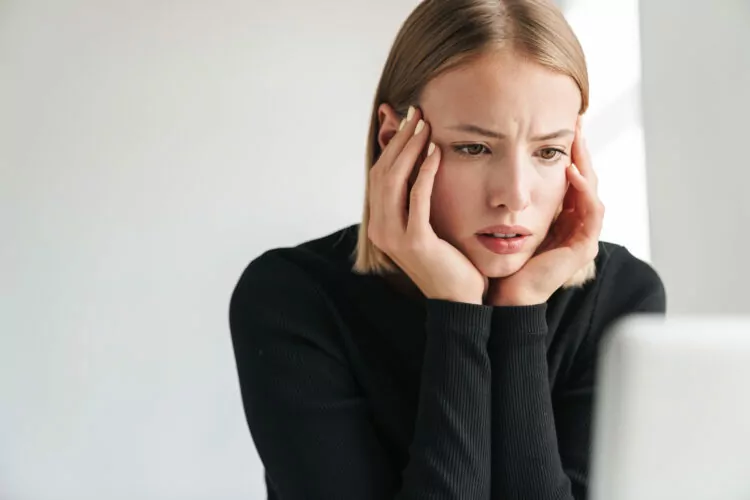
If you use an Apple phone, things are quite a bit different.
Apple restricts access to the microphone and voice calling for third-party apps.
This is intended to increase overall user privacy, and because of this line of thinking, there is no integrated call recording feature.
If you want to listen to old phone calls on an Apple device, you have to employ a workaround.
Some of these will be explained in a later section.
But, provided you worked around the limits and recorded calls, they will be stored with the app or device you used to create the recording.
What About Privacy Laws and Recording Calls?

Before you start recording all of your phone conversations, it’s important to cover an overview of privacy laws.
When it comes to recording phone calls, the laws are determined at the state level, and each state has its own rules.
Despite the variety of laws, you can group states into two categories: one-party consent and all-party consent.
One-party consent refers to state regulations that allow individuals to record a phone call without telling the other party.
If you call someone in a one-party consent state, you can record everything the two of you discuss, and you don’t need their permission.
There is an important note to this, though.
Even in one-party consent states, you have to be a participant in the conversation in order to record.
If you are listening to a conversation between other parties and are not part of the discussion, you cannot record without their consent.
In all-party consent states, everyone in the conversation has to agree to be recorded, or else the recording will exist in violation of the law.
Most of the time, this only involves two people.
But, in the case of conference calling or the use of speakerphone, obtaining consent to record a phone call legally can get complicated.
If you record without explicit consent, you are violating the state’s privacy laws.
If a phone call involves participants in different states, there is no golden standard for which laws hold precedence.
The safe action is to get consent from everyone before recording.
If the recording ends up in a court case, there is no guarantee that one state’s single-party consent laws will protect the person who made the recording.
How to Record Phone Calls on Android and iPhone?
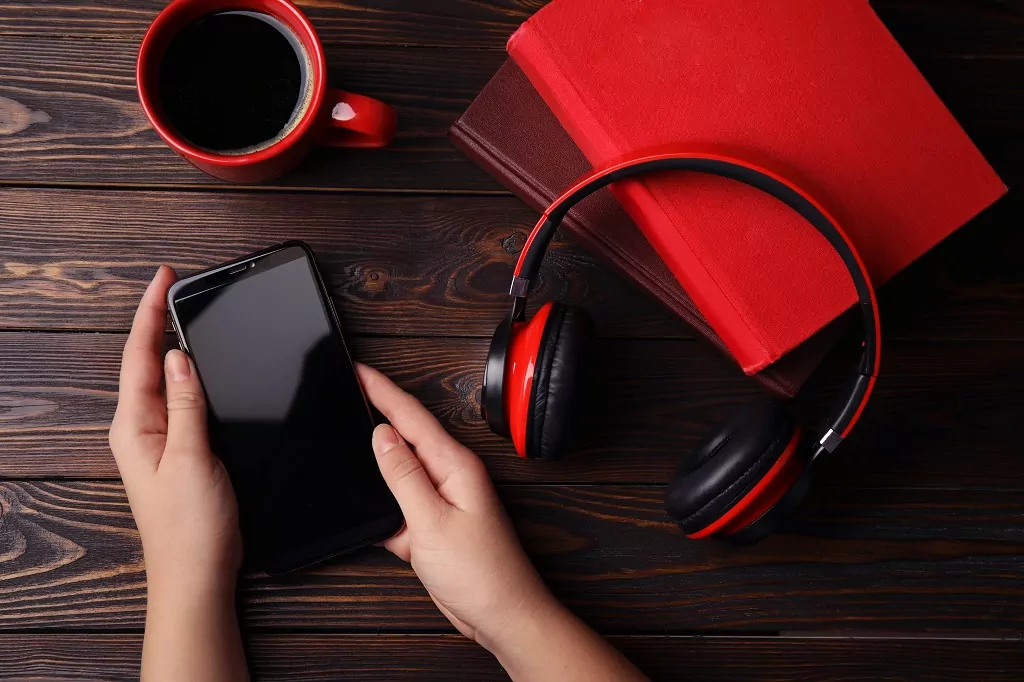
Now that everyone is versed in privacy laws, we can talk about how to record phone calls.
The methods will vary depending on what kind of phone you are using.
Below, you’ll find a breakdown for methods that apply to iOS and Android phones distinctly.
Recording Phone Calls on Android

Recording on Android is straightforward. Whenever you make a call, look at the Phone app.
If recording is available on your device and with your carrier, you can tap the Record button on the call screen.
To stop before the call ends, tap the Stop button.
If you have an Android that does not support phone call recording natively, you can download an app from the store.
There are plenty that can do the job. Some are free; plenty are not.
You can browse reviews and decide which one suits you best.
Recording Phone Calls on iPhone
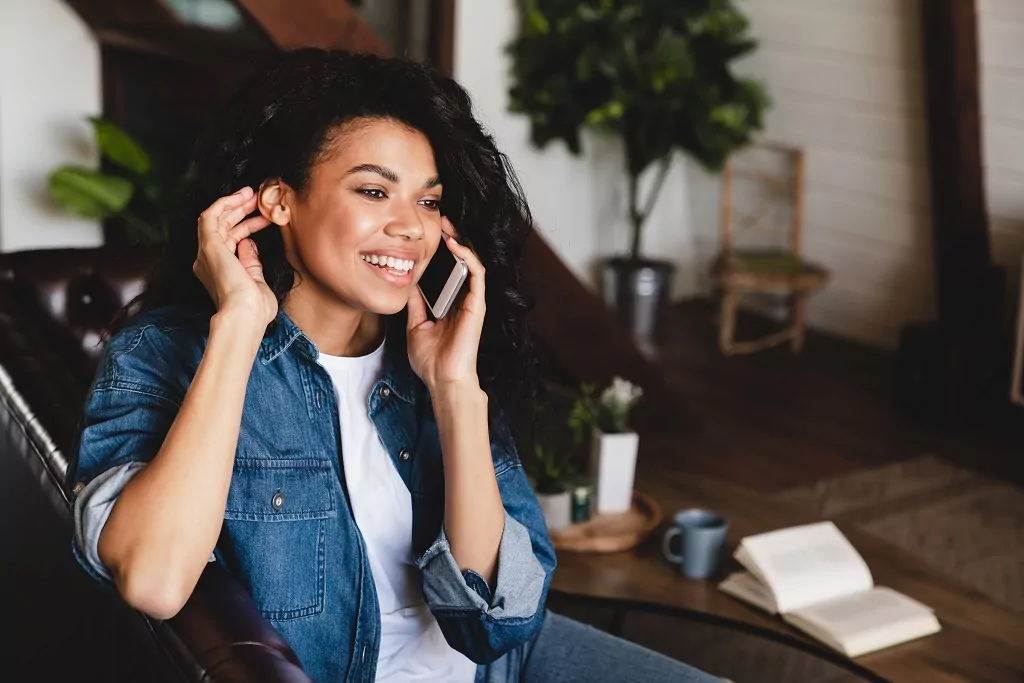
Since iOS does not support phone call recording, you have to find an alternative method to get the job done.
You’ll find three here.
The first is to use Google Voice.
It is available on iOS, and it has a built-in call recording feature.
The tricky part is that Google Voice is an alternative to placing calls with your phone.
Instead, it’s a voice-over IP app that uses your internet connection to place or receive calls.
That means that you cannot use your mobile phone number to communicate on Google Voice.
Instead, you have to use the Google Voice number.
If you do, Google Voice has a feature that records calls, but it currently only works when you receive calls.
For outgoing calls, you need another option.
Regardless, when you record calls with Google Voice, the recordings are stored on the app.
If you want the ability to record outgoing calls (or don’t want to use Google Voice), another option is to use a second device.
When you call, you can put it on speaker.
With another phone, tablet, computer or otherwise, you can record the conversation that is broadcast from the speakerphone.
It will record ambient noise that might impact the quality of the recording, but the method works.
Your third option is to download an app that solves your problem.
Because of how iOS is designed, there are no third-party apps that simply record your phone calls.
Instead, they implement clever workarounds automatically.
The most common way these apps work is by connecting you to a three-way call.
You and the person you call will be connected normally, but a third device will connect.
This is a device managed by the app, and its only purpose is to record the phone call.
If you have ever used three-way or conference calls, these apps work similarly.
Because an extra device is used to make the recording, most of these apps store the recordings on the cloud, and you can access them with a subscription.
That also means that you will need internet access to listen to the old phone calls.

